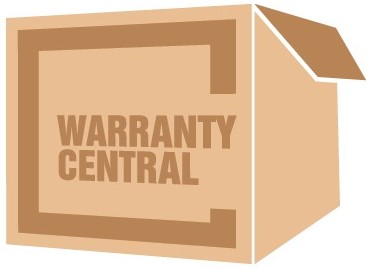Post-Sale Services for Power Backup and Conditioning Equipment
Power backup and power conditioning devices and equipment are meant to protect connected electrical and electronic loads. As such, they must themselves function properly and run uninterruptedly.
But they are engineering and physical goods and require the full range of post-sale services to turn them on and put into use, prevent failures during use, restore if and when failures occur, and ultimately extend their useful life.
A fit-and-forget approach to these equipment is simply not viable.
We are talking about the gamut of UPS services, inverter services, servo stabilizer services, and isolation transformer services spanning the lifecycle of the equipment.
Equipment lifecycle covers warranty, extended coverage or warranty, and post or out of warranty (OOW) periods.
UPS and Inverter Services
By power backup equipment, we mean battery backup systems for uninterruptible power supply (UPS) as well as the inverter, home inverter, or home UPS systems with batteries.
Servo Stabilizer and Isolation Transformer Services
Similarly, by power conditioning equipment, we mean servo stabilizers or servo controlled voltage stabilizers (SCVS) as well as isolation transformers (IT), ultra isolation transformers, and k-rated isolation transformers.
In-Warranty and Post-Warranty Services
Installation and Input-Output Wiring
Following purchase, your first order of business is to install the power backup or conditioning equipment. Oftentimes, an installation prerequisite is the intricate input-output wiring where wires, cables, lugs etc. must be right-sized and circuit protection must be installed.
Preventive Maintenance
Next, once in production and in use, the equipment requires periodic preventive maintenance to reduce the risk of failure. As simple as the dust in surrounding air or environment could lead to internal electronic circuit or component failures. Correspondingly, preventive maintenance could be as simple as dusting and cleaning the equipment and surrounding areas.
Breakdown Maintenance
In the absence of preventive care, the equipment is prone to fail due to installation faults, poor power quality of supply power from the electricity board, or end of life of components.
When failures occur, and they can occur even when preventive maintenance is done, one-time breakdown maintenance or repair services are required.
Warranty Support
The equipment manufacturer typically provides onsite or carry-in warranty support in case of failures or breakdowns. Warranty support normally does not include preventive maintenance.
Extended Warranty and Annual Maintenance Contract (AMC)
The equipment manufacturer offers extended warranty coverage beyond the warranty period, which applies only if purchased before expiry of the warranty period.
In case warranty expires, then the equipment manufacturer offers annual maintenance contract (AMC) services or on-demand repair or breakfix services.
Replacement
In some instances, due to the criticality of a part or component towards the overall reliability of the equipment, such as batteries, replacement of the part or component at the end of warranty period is the best practice even if it does not fail.
End of Life (EOL) and End of Service Life (EOSL)
After a certain period, the manufacturer stops manufacturing and supporting the equipment. The manufacturer “sunsets” or declares end of life (EOL) and later end of service or support life (EOSL) of the product.
What this means is that the manufacturer no longer makes the spare parts or provides warranty support, extended coverage, or post-warranty service for that equipment.
Aftermarket Parts
Spare parts are used in post-sale services of power backup and conditioning equipment. In addition to spare parts made by the original equipment manufacturer (OEM), there are also aftermarket parts that are not made by the OEM.
Aftermarket parts are also known as non-OEM parts, generic parts, or competitive replacement parts. Using them can be more cost-effective than using OEM parts.
Sometimes, they may actually be the only option. If the equipment is older and the OEM has declared EOL and EOSL, aftermarket parts may be the only choice for some repairs.
Third-Party Service Providers
The equipment manufacturer may sometimes authorize a third party to provide warranty support and post-warranty services on their behalf. These authorized service providers (ASPs) usually carry spares inventory with them and maintain a fleet of field service technicians.
Post-sale services are also provided by other service providers who are not authorized by the manufacturer. However, they have access to the required spares as well as the experience and capabilities to support and service the equipment.
Such providers often provide the services more economically than the authorized partners or the OEM. Also, they are the only option once the OEM declares the EOL of the equipment.
When the OEM declares EOL and EOSL, that’s usually a signal that you should upgrade to or buy the latest piece of equipment from the OEM. However, third-party service providers make that upgrade an option and go for it as per your own schedule.
Spares carried and used by non-ASPs can be OEM made parts or aftermarket parts.
Conclusion
Post-sale services play a vital role in extending the useful life of power backup and power conditioning equipment. These services span the warranty, extended warranty, and post-warranty periods of a UPS, inverter, servo stabilizer, or isolation transformer.
Also, these services may be provided by the manufacturer, their ASPs, or independent third-party service providers.
